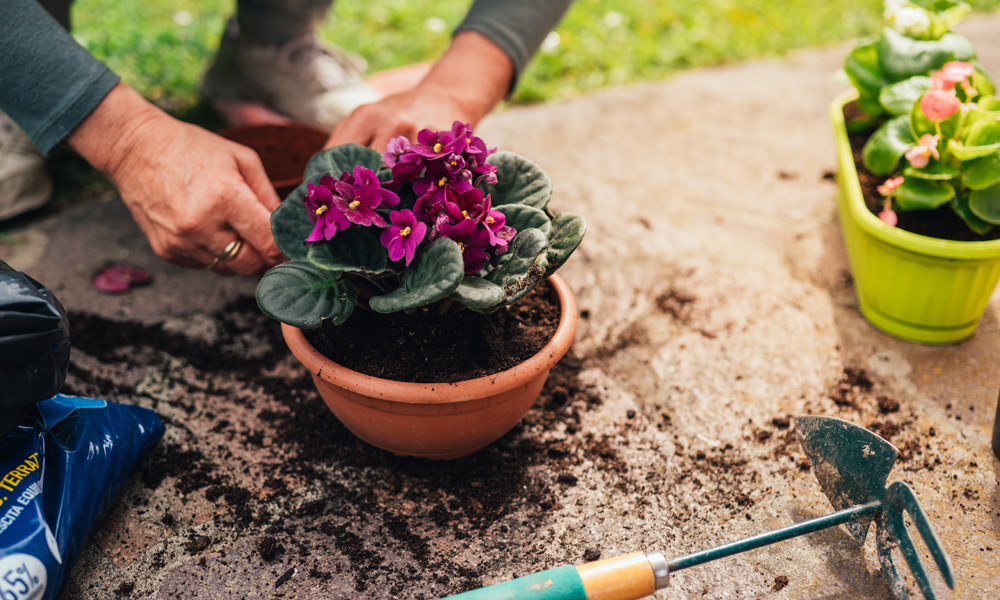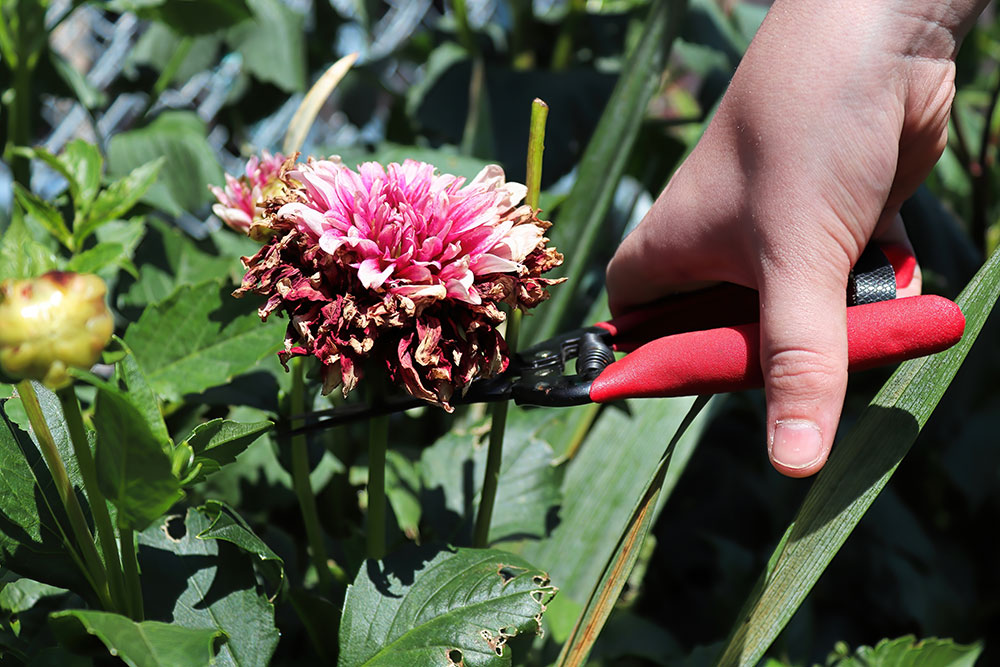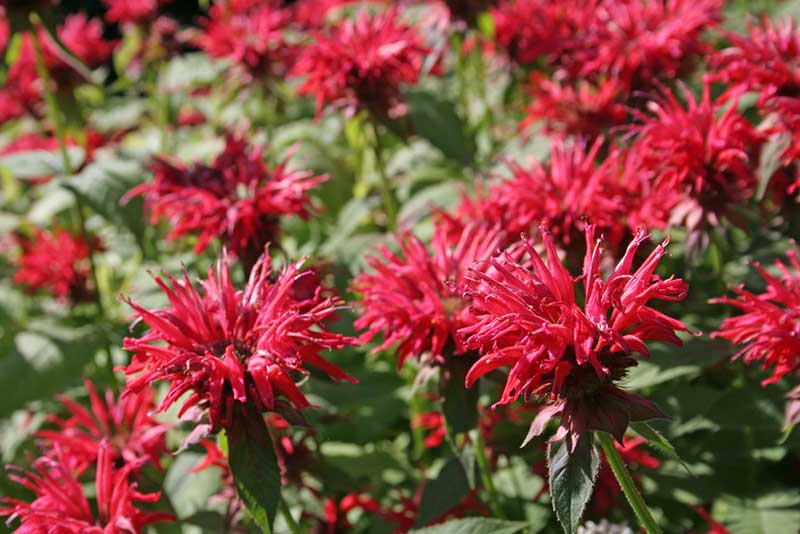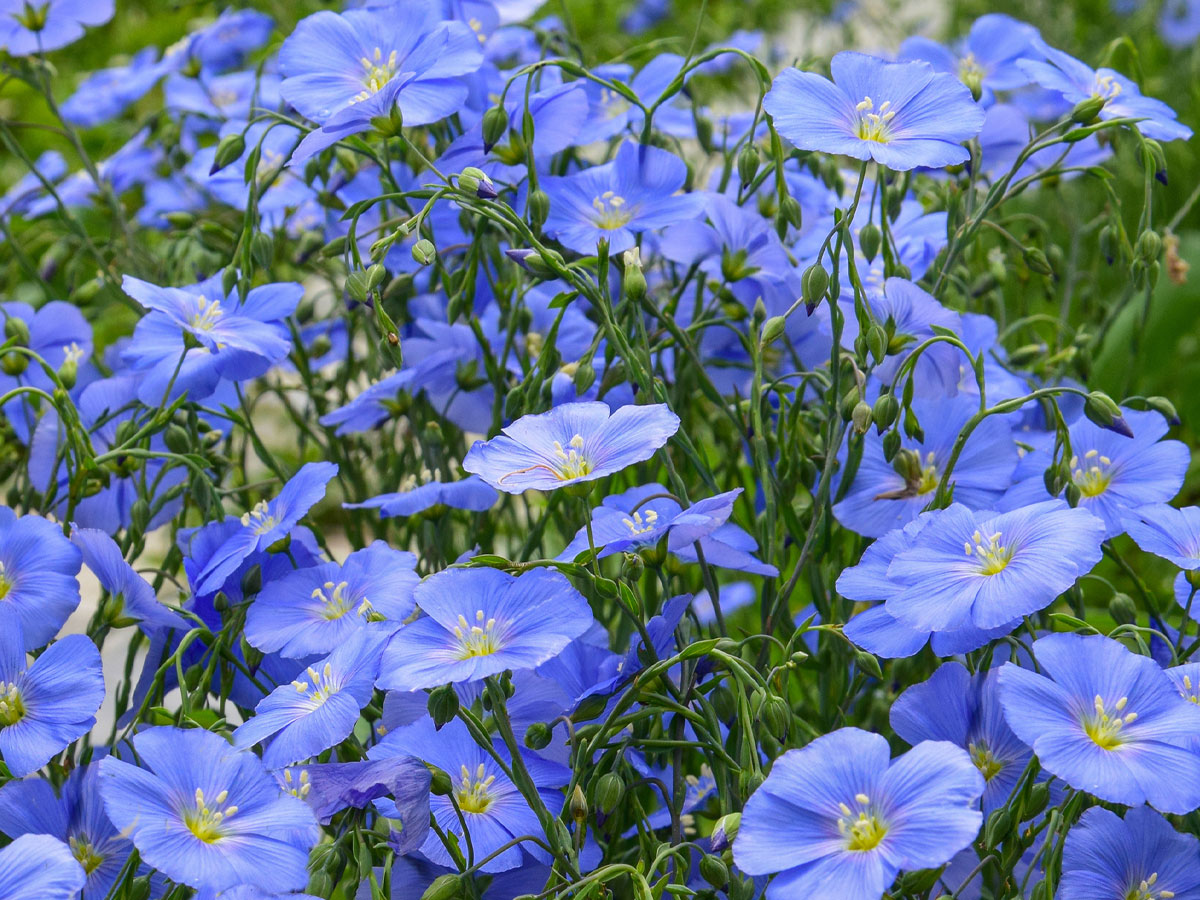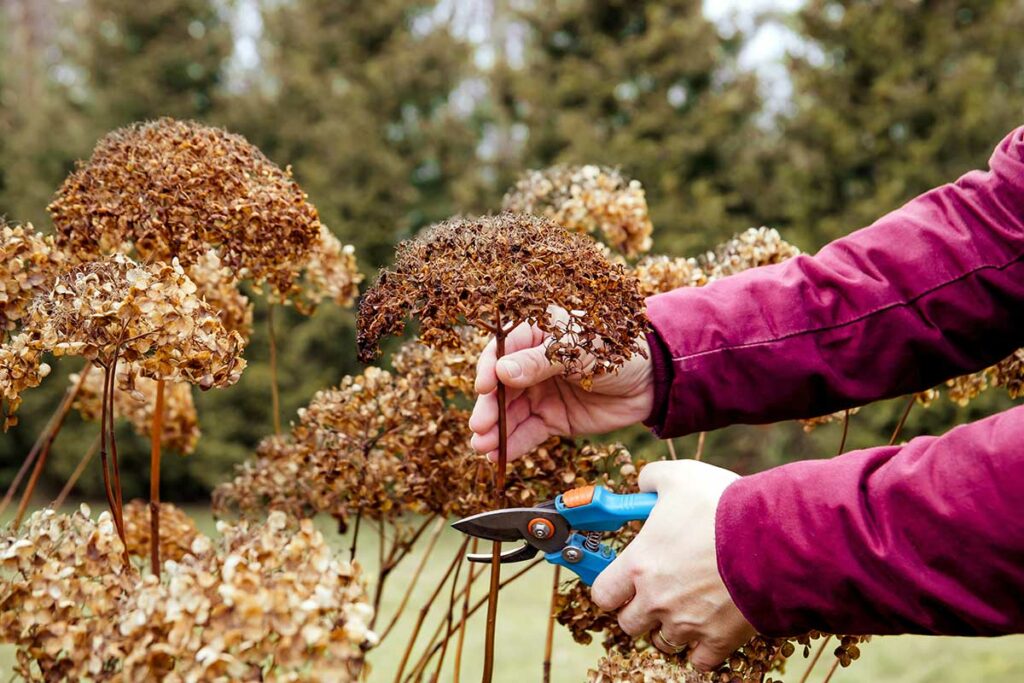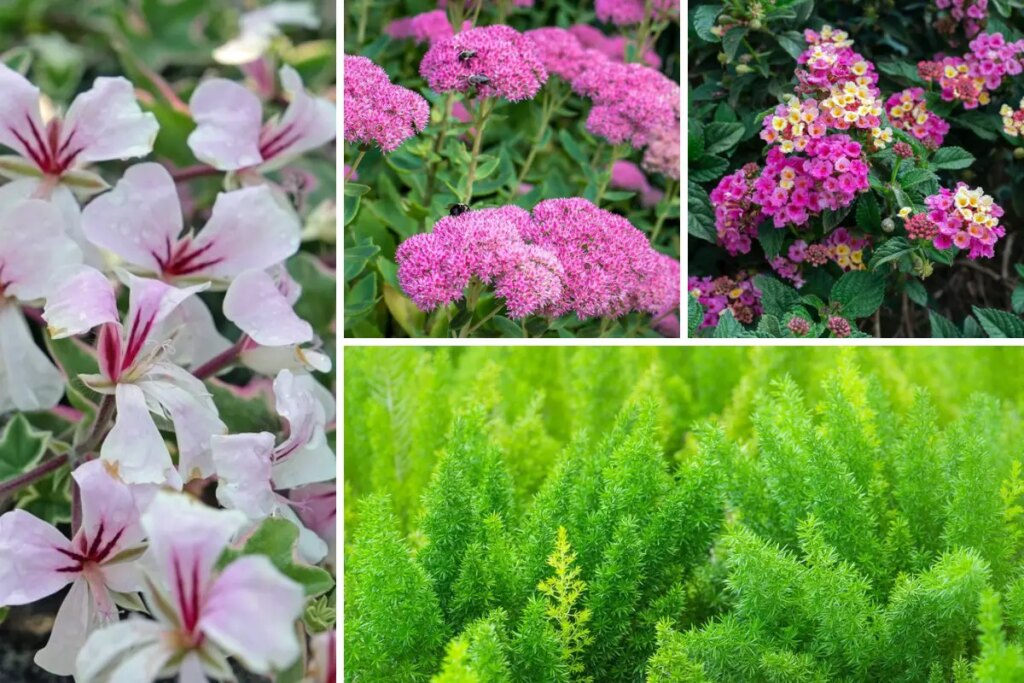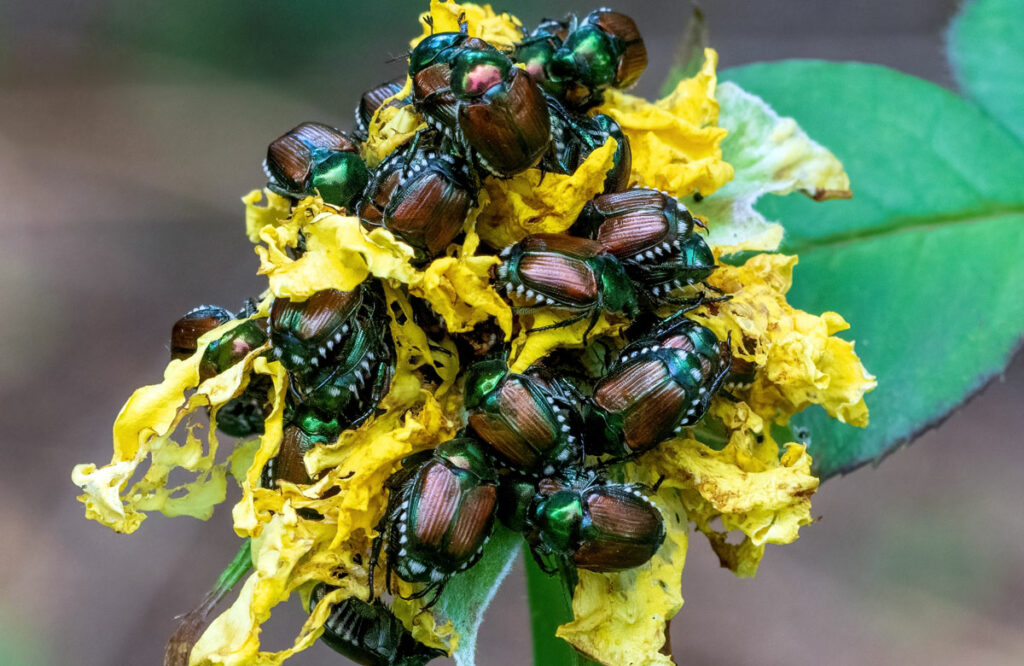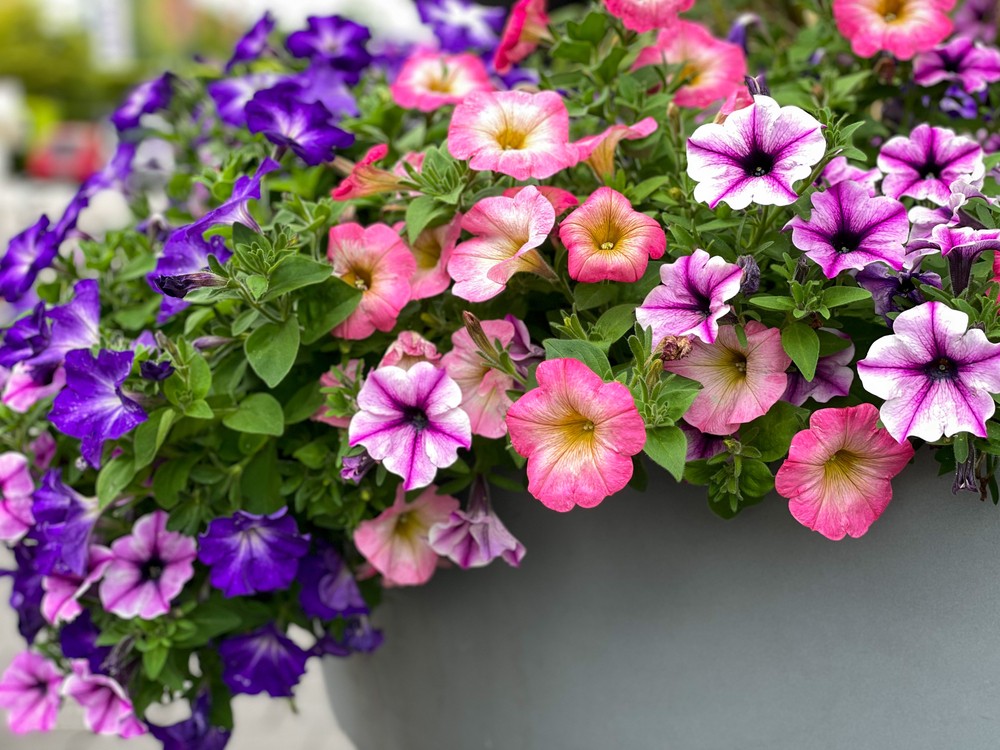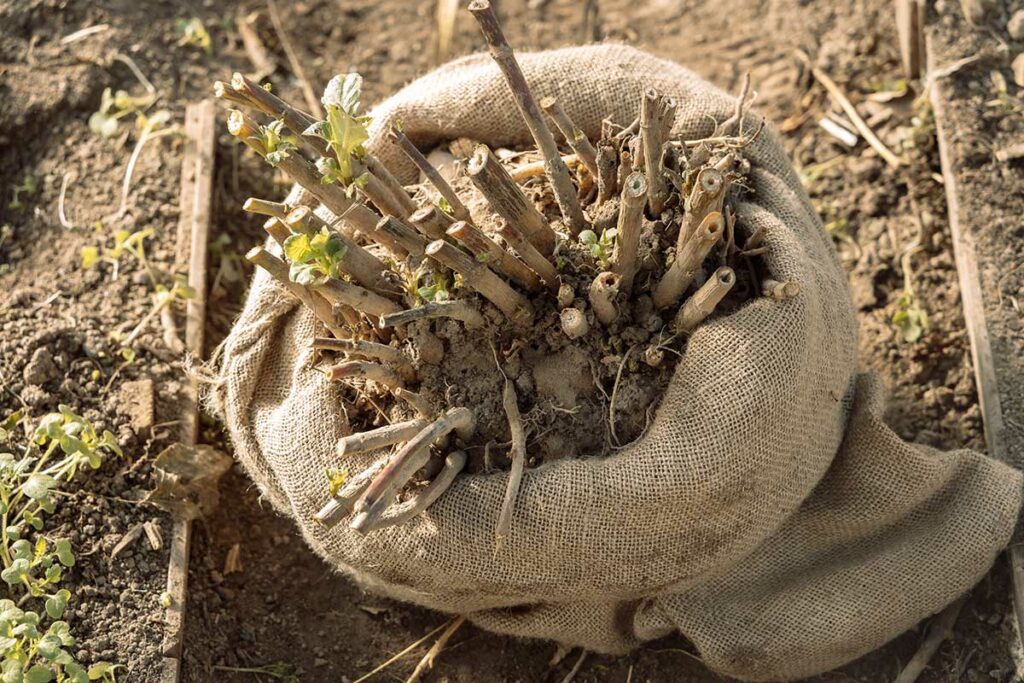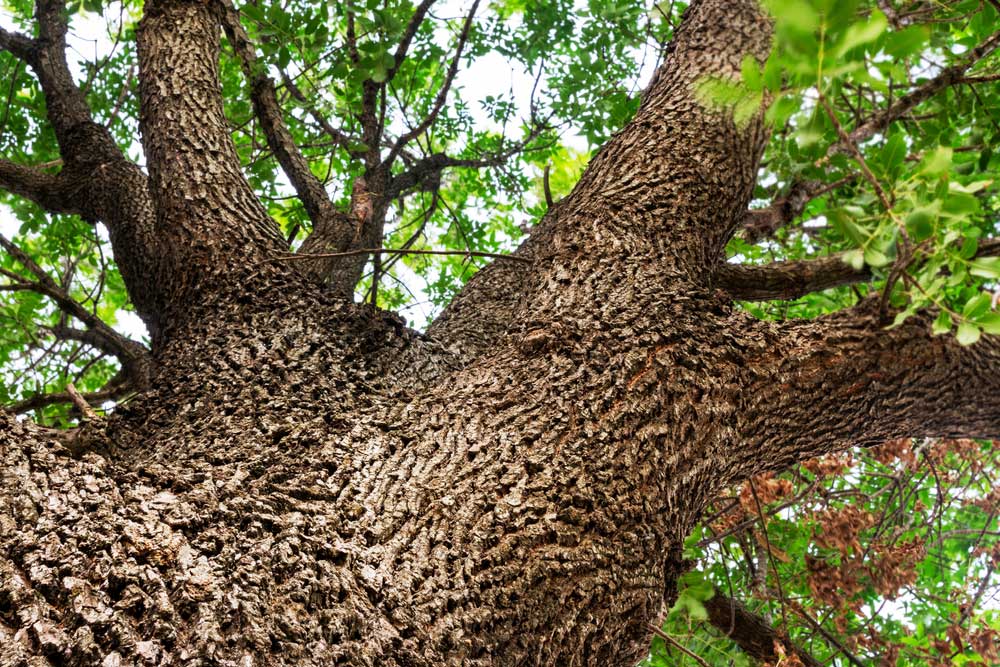
Astilbe is a popular perennial plant, known for its feathery plumes and attractive foliage. They thrive in shady to partially sunny locations and are ideal for adding a touch of color and texture to your garden.
However, to enjoy their full splendor, proper fertilizing is crucial. In this article, we will discuss some tips for fertilizing astilbe that will promote a healthy and vibrant display.
One essential component for astilbe growth is providing them with the right nutrients. Like any other plant, astilbe requires a balanced diet of nitrogen, phosphorus, and potassium.
These elements ensure that the plants receive adequate nutrients for growth, bloom production, and overall health.
Additionally, maintaining an optimal soil pH is necessary for the effective absorption of these nutrients.
Timing and method of application are also important aspects when it comes to fertilizing astilbe. Establishing a fertilizing schedule and knowing the proper way to apply the fertilizer can significantly impact your astilbe plants’ growth and blooms.
Continue reading as we delve deeper into the techniques and best practices for astilbe fertilization that will help you achieve a lush and happy garden.
Choosing the Right Fertilizer
When it comes to fertilizing Astilbe, it’s essential to choose the right kind of fertilizer to ensure healthy growth and vibrant blooms. There are two main types of fertilizer you can use: organic options and chemical fertilizers. Let’s take a closer look at each of these options and explore their benefits and disadvantages.
Organic Options
Organic fertilizers are derived from plant and animal byproducts, making them sustainable and eco-friendly:
- Compost: Adding well-rotted compost to the planting area can improve soil structure and provide essential nutrients to Astilbe plants. Compost can be created at home using kitchen scraps and yard waste, or purchased from garden centers.
- Bone meal: Bone meal is high in phosphorous, which promotes healthy root development and flower production. Sprinkle bone meal on the soil surface and mix it in with the top few inches of soil.
- Fish emulsion: This liquid organic fertilizer provides essential nutrients and can be diluted and applied to the soil around the base of Astilbe plants. Be sure to follow the manufacturer’s instructions for proper application rates.
However, organic fertilizers release nutrients slowly, and their nutrient content can be variable. For more consistent results, you may want to consider chemical fertilizers.
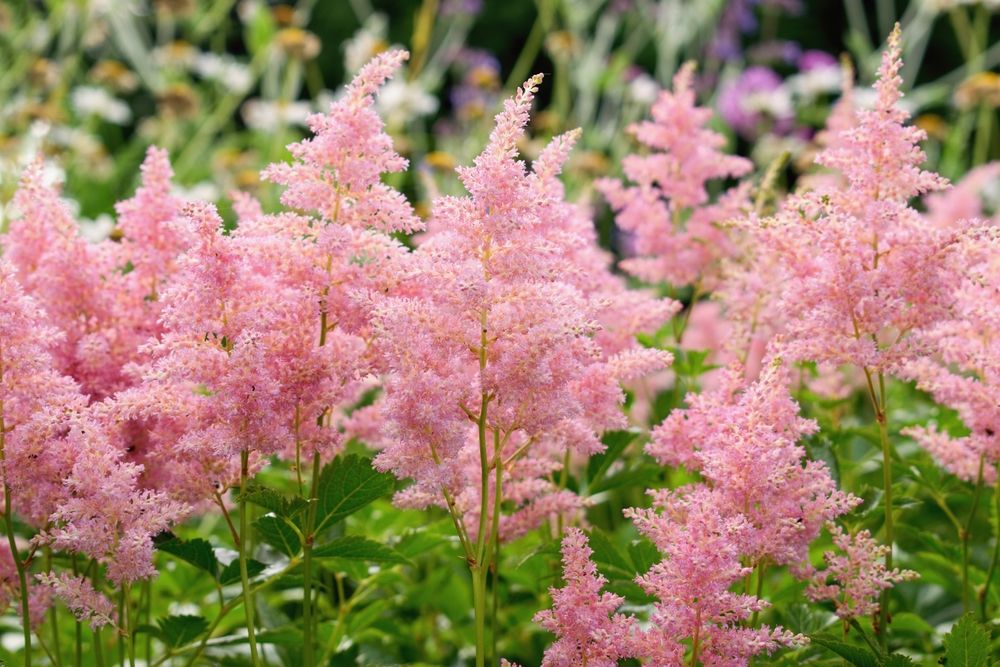
Chemical Fertilizer Types
Chemical fertilizers are synthetically produced, providing a more consistent source of nutrients with faster results. Here are some chemical fertilizer options for Astilbe:
- Balanced fertilizer: A balanced fertilizer, such as 10-10-10 or 14-14-14 (the numbers refer to the percentage of nitrogen, phosphorus, and potassium), provides essential nutrients in equal amounts. Apply per the package instructions, usually once at the beginning of the growing season.
- Slow-release fertilizer: These fertilizers release nutrients gradually over a specified period, reducing the need for frequent applications. Look for slow-release fertilizers specifically designed for flowering plants.
- Water-soluble fertilizer: These fertilizers are dissolved in water and can be applied every 4-6 weeks during the growing season. They provide quick and consistent results, but frequent applications are required.
Choosing the right fertilizer for your Astilbe plants is crucial for their overall health and flowering potential. Whether you opt for organic or chemical options, it’s essential to follow application guidelines and provide proper care to help your Astilbe thrive.
Understanding Astilbe Nutrient Requirements
Astilbe, a charming perennial plant, is known for its feathery plumes and lush foliage. To ensure a healthy and thriving growth, it is essential to understand its nutrient requirements. In general, Astilbe requires a balanced fertilizer with sufficient amounts of nitrogen (N), phosphorus (P), and potassium (K). Each of these elements plays a critical role in maintaining a healthy and vibrant plant. We’ll dive into the importance of each nutrient in detail.
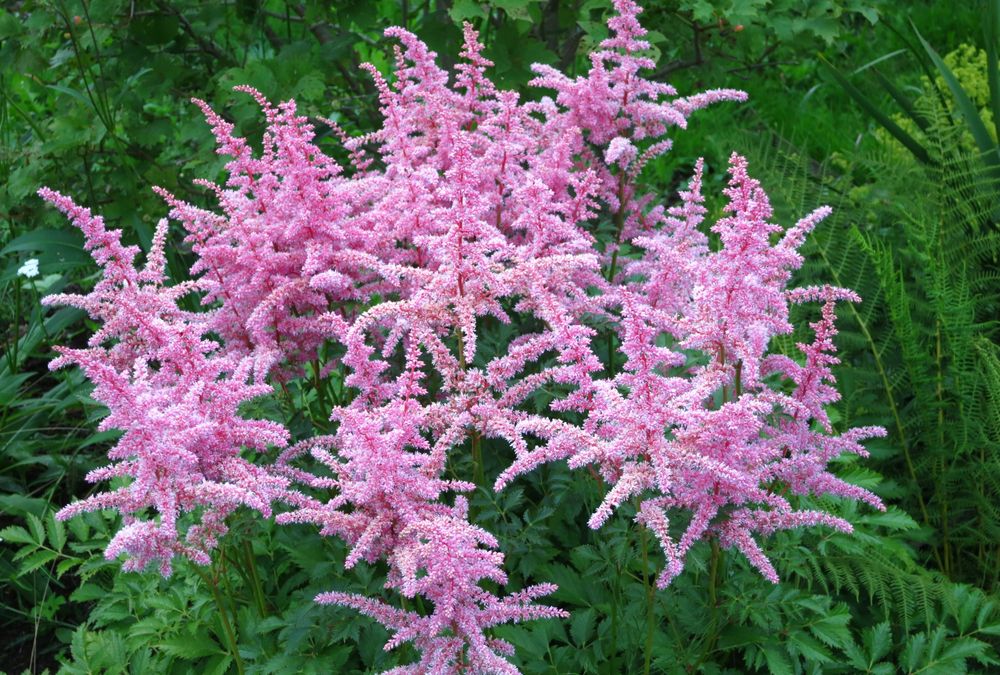
Nitrogen
Nitrogen is essential for promoting healthy foliage in Astilbe plants. It aids in the production of chlorophyll, which gives the leaves their green color and plays a vital role in photosynthesis. A deficiency in nitrogen can result in yellow leaves and slow growth. To provide sufficient nitrogen to Astilbe:
- Apply a balanced fertilizer with an N-P-K ratio of 10-10-10.
- Incorporate organic matter, such as compost or well-rotted manure, to improve soil fertility.
Phosphorus
Phosphorus is vital for the development of robust root systems and vibrant flowers. A lack of phosphorus may result in weak and spindly plants with poor flowering. To supply adequate phosphorus to Astilbe:
- Use a phosphorus-rich fertilizer, especially during the blooming season.
- Add bone meal or rock phosphate as a natural phosphorus source.
Potassium
Potassium is key to boosting the overall health and vigor of Astilbe. It promotes strong stems and enhances the plant’s ability to resist diseases and pests. A deficiency in potassium can lead to weak stems and curling leaves. To ensure sufficient potassium intake for Astilbe:
- Apply a balanced fertilizer, maintaining equal proportions of all nutrients.
- Use an organic potassium source, such as wood ash or kelp meal, to supplement the soil.
Following these tips will help you enrich the soil with the essential nutrients required for your Astilbe’s growth, ensuring a flourishing and eye-catching garden display.

Application Techniques
Astilbes thrive when they receive proper nutrients, and using the right application techniques for fertilizing ensures they remain healthy and vibrant. Let’s explore some helpful methods for applying fertilizer to your astilbes.
Applying Slow-Release Granules
Slow-release granules are a fantastic choice for astilbe plants, as they provide a consistent supply of nutrients throughout the growing season. To apply, simply:
- Measure the appropriate amount of granules according to the product label and the size of your garden bed.
- Gently mix the granules into the soil around your astilbes, making sure not to disturb the roots.
- Water your plants thoroughly after applying the granules, so the fertilizer reaches the root zone.
This method allows your astilbes to enjoy a steady stream of nutrients over time, preventing nutrient burn and promoting optimal growth.
Using Liquid Fertilizer
Liquid fertilizers also benefit astilbes by providing a quick nutrient boost to help with blooming. To apply liquid fertilizer, follow these steps:
- Dilute the liquid fertilizer according to the product’s instructions.
- During watering, pour the mixture evenly around the base of your astilbes.
- Repeat this application every 4-6 weeks throughout the growing season for best results.
Remember to avoid over-fertilizing, which can harm your plants. Stick to the recommended application rate for optimal results.
Side Dressing
Side dressing is another technique to provide additional nutrients for your astilbes. This method involves adding organic matter or compost around your plants. Here’s how to do it:
- Choose a high-quality compost or an aged manure for side dressing.
- Spread 2-3 inches of the chosen organic material around the base of your astilbes, leaving space between the stem and the compost.
- Gently mix the compost into the soil, being careful not to damage the roots.
Side dressing can be done once or twice a season – early spring and mid-summer work best for astilbes. This method not only adds nutrients but also improves the soil’s water retention, which astilbes appreciate.
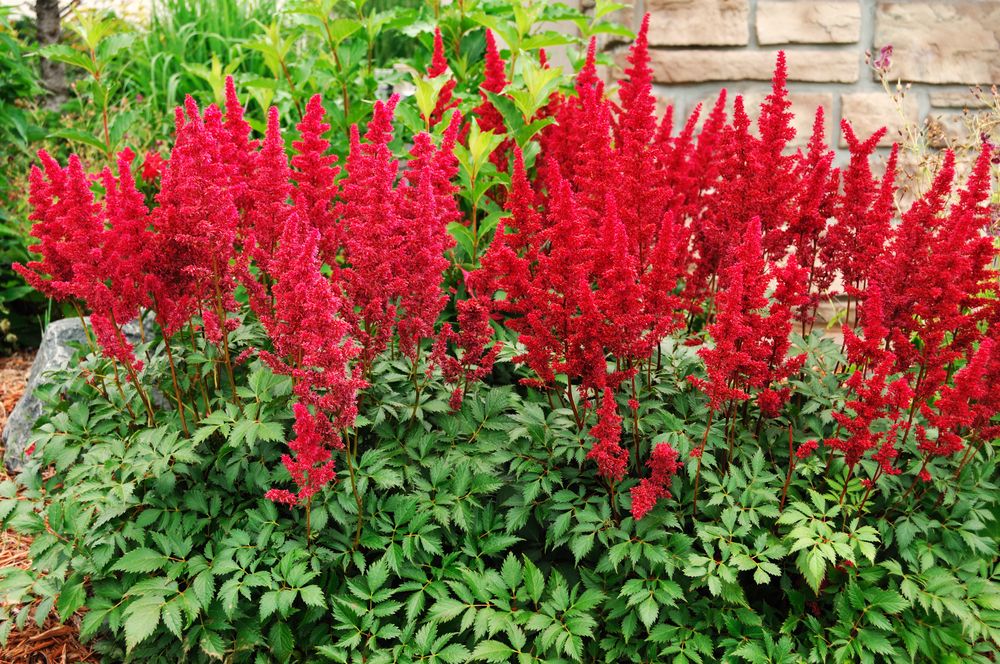
Best Time for Fertilization
Astilbe is a beautiful perennial plant that brightens up shady areas with its delicate, feathery plumes. To ensure lush growth and vibrant blooms, it’s essential to fertilize Astilbe at the right time. In this section, we’ll discuss the best times and methods for fertilizing Astilbe, focusing on spring care and summer maintenance.
Spring Care
Spring is a crucial time for Astilbe growth, as the plants awaken from dormancy and prepare for a season of vigorous growth. To support their early development, it’s best to fertilize Astilbe in the spring, when the first shoots start to emerge from the ground.
- Apply a balanced, slow-release fertilizer, such as one with a 10-10-10 ratio (nitrogen, phosphorus, potassium). This will provide essential nutrients for healthy foliage and root growth.
- Spread the fertilizer evenly around the base of the plant, being careful not to disturb emerging shoots.
- Water the area thoroughly after fertilizing to help the nutrients seep into the soil and reach the plant roots.
Summer Maintenance
Summer is the time when Astilbes truly shine, with their intricate plumes creating an eye-catching display. To keep your plants looking their best during the summer months, it’s essential to continue providing them with the nutrients they need.
- As Astilbe plants prefer slightly acidic soil, consider adding a layer of compost or well-rotted manure around the base of the plant in early summer. This organic material will enrich the soil, promote healthy root growth, and improve moisture retention.
- Ensure the plant receives adequate water, as Astilbes do not tolerate drought well. A layer of mulch around the base can help retain moisture and keep the soil cool.
- If your Astilbe begins to show signs of nutrient deficiency, such as yellowing leaves or reduced blooming, consider applying a liquid fertilizer diluted to half strength. This can provide a quick nutrient boost and support the plant during the demanding summer months.
Following these simple tips for fertilizing Astilbe will help ensure your plants remain healthy, vibrant, and beautiful from spring through summer.
Monitoring and Adjusting Fertilization
Astilbe plants are stunning additions to any garden, and proper fertilization is essential in maintaining their health and vibrant appearance. Monitoring and adjusting your fertilization routine ensures that your astilbes receive the right combination of nutrients to grow and thrive. In this section, we will discuss some helpful tips and tricks for monitoring and adjusting your astilbe fertilization process.
When it comes to fertilizing astilbe plants, it’s important to closely watch for any signs that indicate nutrient deficiencies or excesses. Some common symptoms to look for include:
- Yellowing leaves: This could be a sign of nitrogen deficiency. You may want to increase the application of nitrogen-rich fertilizer to encourage lush, green growth.
- Stunted growth: A lack of phosphorus might be causing this issue. Consider adding a phosphorus-rich fertilizer to your routine to encourage strong root development and improved growth.
- Leaf curling or spotting: These symptoms might indicate a potassium deficiency. Adjust your fertilization regimen to include more potassium to support the overall health of your astilbe plants.
While monitoring your astilbes for these signs, you should also keep track of the type and amount of fertilizer you are using. Astilbes generally benefit from a balanced fertilizer, such as a 10-10-10 formula, applied once or twice during the growing season. However, you may need to adjust the quantity or frequency of application based on your plants’ needs and the particular conditions of your garden.
Another important aspect to consider when monitoring and adjusting your fertilization routine is the soil’s pH level. Astilbes prefer slightly acidic soil, with a pH range of 6.0 to 6.5. Test your soil’s pH level using an at-home testing kit or sending a sample to a soil lab. If your soil pH is outside of the ideal range, it may impact nutrient absorption and the overall health of your astilbes. To raise the pH, add lime to the soil; to lower it, use sulfur or peat moss.
In conclusion, regularly monitoring your astilbes for signs of nutrient deficiencies or excesses, keeping track of the type and amount of fertilizer used, and maintaining an optimal soil pH level will help you make informed adjustments to your fertilization routine. By doing so, you’ll promote healthy, beautiful astilbe plants that will grace your garden with their stunning blooms.
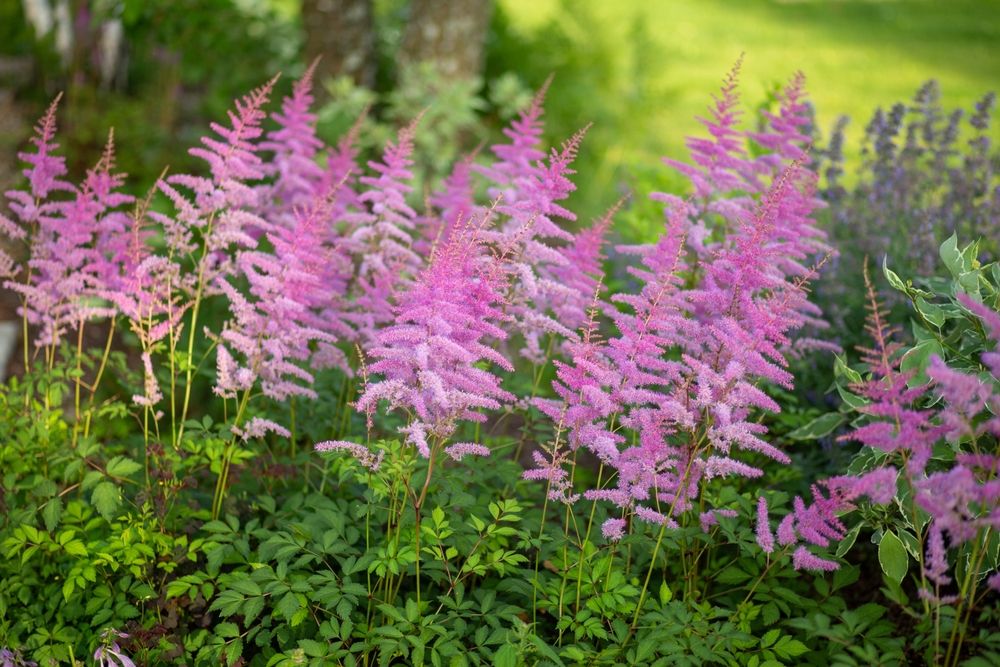
Common Pitfalls and How to Avoid Them
Over-Fertilizing
It’s easy to get carried away with fertilizing astilbe, but too much can be harmful. Over-fertilization can lead to excessive growth and weak, floppy stems. Here are some friendly tips to help you avoid over-fertilizing your astilbe plants:
- Follow the recommended dosage: Always adhere to the manufacturer’s guidelines for the fertilizer you’re using.
- Use a slow-release fertilizer: To provide a steady supply of nutrients over a longer period, consider using a slow-release fertilizer. This can help reduce the risk of over-fertilizing.
Remember, a little goes a long way when it comes to fertilizing astilbe.
Under-Fertilizing
While over-fertilizing is a concern, under-fertilizing can also be an issue for your astilbe plants. Not providing enough nutrients can result in poor growth, pale foliage, and reduced flowering. To avoid under-fertilizing, keep the following friendly tips in mind:
- Keep track of fertilizing schedule: Create a calendar reminder for fertilizing your astilbe every 4-6 weeks during the growing season. Consistent fertilization will ensure your plants receive the nutrients they need.
- Monitor plant health: Pay attention to the color and overall condition of your astilbe plants. If they display any signs of nutrient deficiency (such as yellowing leaves), it may be time to increase the fertilizer amount or frequency.
By being mindful of these common pitfalls, you’ll be well on your way to maintaining healthy and vibrant astilbe plants in your garden.

